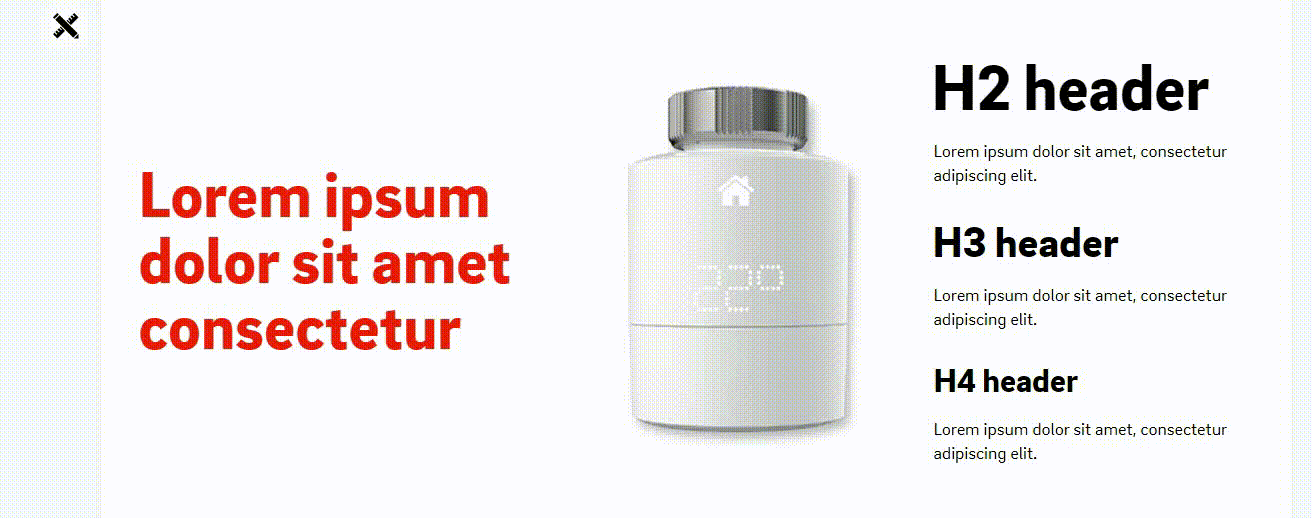Usage
Basic
- Ensure jQuery is loaded on your page
- Include a reference to the
xraye.jsfile on your page - Add the following Javascript instantiation code (either directly inside an inline
<script>block or in an external script file):
$('.yourElementSelector').xraye({});This is enough to create an instance of XRAYE (using good default settings) on each of the elements provided by your element selector.
Advanced
Option values can be changed from the defaults and passed into the plugin instantiation object:
$('.yourElementSelector').xraye({
active: false,
exclude: function ($el) {
return (
$el.is('.hiddenContent') ||
!$el.is(':visible') ||
$el.is('[aria-hidden="true"]')
);
},
excludeChildrenOf: function ($el) {
return (
$el.is('.hiddenContent')
);
}
});Options
UI editable options
These options are initialised using the default values listed below - these initial values can be overridden by passing in values in the plugin instantiation, and can be further changed during use using the XRAYE control menu.
{
active: true,
pointerTransparency: false,
showSizing: true,
showSpacing: true,
showPropertyNames: true,
displayUnitsPixels: true,
displayUnitsPercent: true
}Additional plugin instantiation options
These options are initialised using the default values listed below - these initial values can also be overridden by passing in values in the plugin instantiation, but there is no UI to modify these values live during use. However, the plugin method .changeOption('optionName', value) is provided to achieve this.
{
exclude: '', // string CSS selector or function
excludeChildrenOf: '', // string CSS selector or function
valueAnnotationThreshold: 10, // minimum number of pixels value must be in order to be annotated
controlIcon: {
position: 'left', // 'left' or 'right'
offset: '-48px'
},
annotationColors: {
sizing: {
'line': 'black',
'box': 'black',
'arrow': 'red',
'text': 'white',
'line:hover': 'red',
'box:hover': 'red',
'arrow:hover': 'red',
'text:hover': 'white'
},
spacing: {
'line': 'orange',
'box': 'orange',
'arrow': 'green',
'text': 'black',
'line:hover': 'green',
'box:hover': 'green',
'arrow:hover': 'green',
'text:hover': 'white'
}
},
levelColors: {
1: 'blue',
2: 'red',
3: 'yellow',
4: 'orange',
5: 'green',
6: 'purple',
7: 'pink',
8: 'brown',
9: 'beige'
}
}